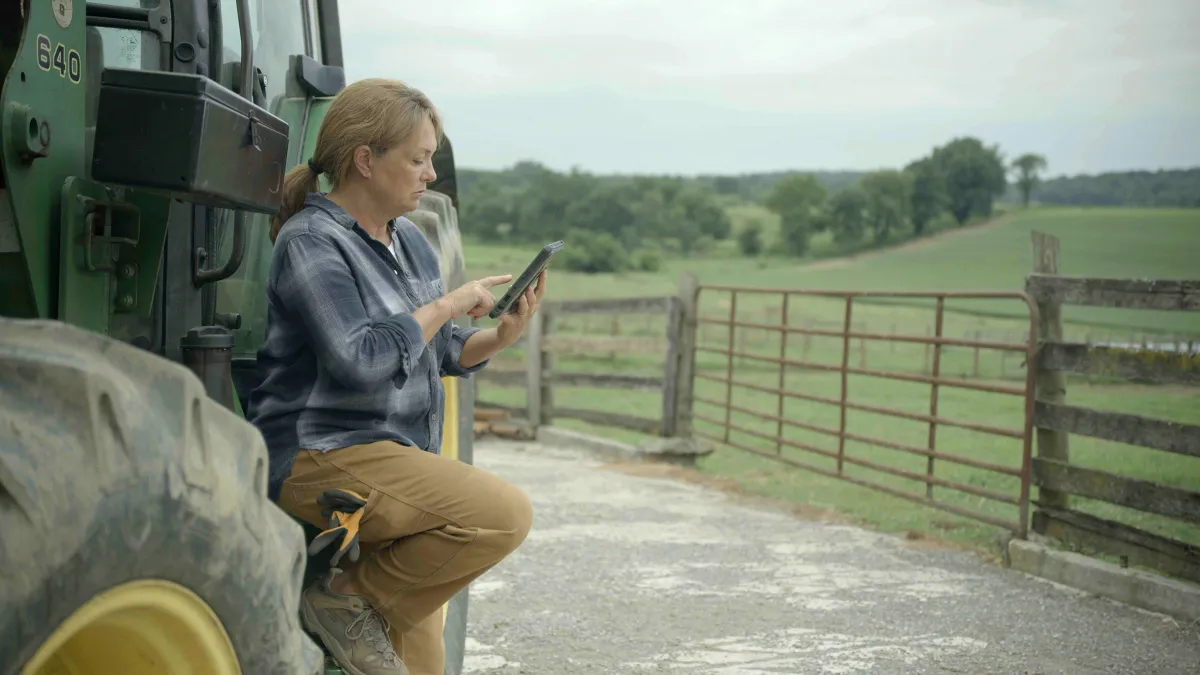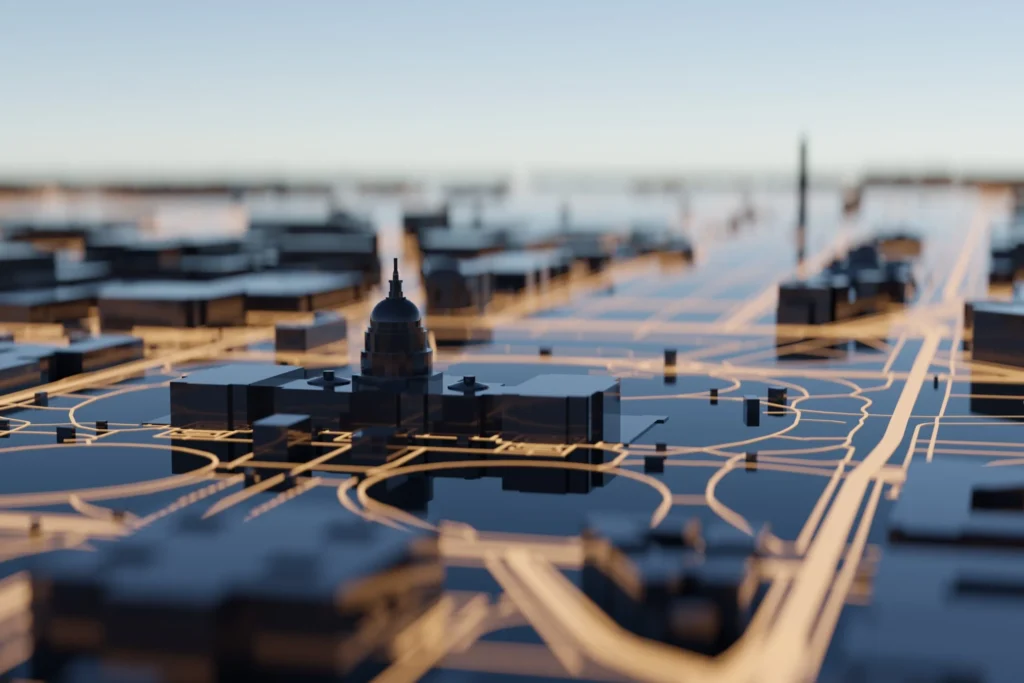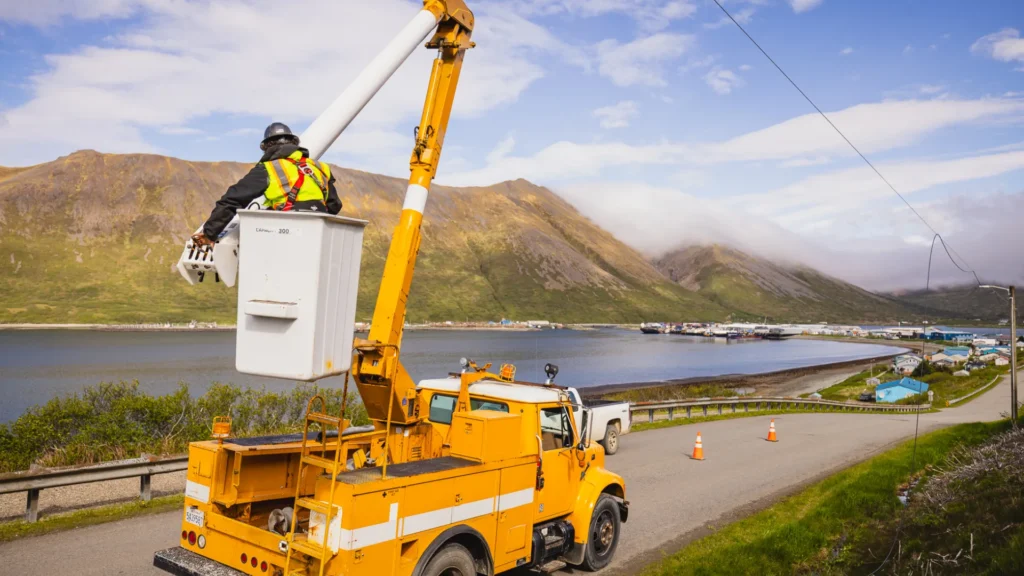While details of President Biden’s State of the Union address are being closely guarded, we can expect infrastructure, including our nation’s broadband networks, to play a starring role.
There’s no doubt that we have already made, and continue to make, significant strides to close the country’s digital divide. Forty million new U.S. homes subscribed to broadband between 2016 and 2021. 89% of American homes and businesses now have access to gigabit-speed service and 95% of U.S. customers have multiple choices for wired or wireless broadband.
Why it matters: 2024 will prove especially pivotal to the Administration’s broadband expansion efforts. Their choices will lead to either the success or failure of $42 billion in historic Broadband Equity, Access, and Deployment (BEAD) funds that will begin flowing into the states.
If the Administration is serious about maximizing these funds to achieve “Internet for All,” it must not only acknowledge, but address the warning lights that threaten connectivity progress.
A particularly bright warning light is flashing from the Federal Communications Commission (FCC). Rather than removing the barriers that stand in the way of building out broadband networks, the Commission is proposing additional blockades under the guise of “net neutrality.”
- At a time when our focus should be on building broadband to the unserved, these proposed rules will force 1930s-era utility regulations onto the modern-day Internet architecture.
- By doing so, the FCC will drive away private investments and inject uncertainty into the already risky process of building out broadband.
Key Takeaway: If the Commission wants to help the Administration maximize the impact of critical broadband investments, it must lighten the regulatory barriers and burdens that impede innovation and investment – not add to them.
That goes not only for new rules, but also the extraneous conditions that Administration has adopted or is insisting that states adopt when crafting eligibility rules or preferences for broadband builds.
For a job as big as wiring the nation, we need to:
- Encourage participation and robust competition among experienced providers.
- Remain laser focused on removing obstacles that slow deployment like unreasonable terms for access to utility poles.
- Ensure that grants are directed first to communities still awaiting any service, before being funneled to areas that already have internet access or are already scheduled to receive access.
Cable providers – including its large team of skilled professionals equipped with the necessary technical, managerial, and financial expertise needed to build, maintain, and upgrade networks – have invested over $310 billion in broadband infrastructure and networks over the past 20 years. These are battle-tested internet service providers that have proven track records of building out the networks that transform communities on-time and within budget. They will help the Administration successfully get the job done.
We commend the Administration’s commitment to expanding connectivity across the country – and will continue to do what it has always done: build out its networks to reach as many Americans as possible.
Together, if we can avoid politically-induced detours and keep our focus, we can make “Internet for All” a reality.









